Back to Courses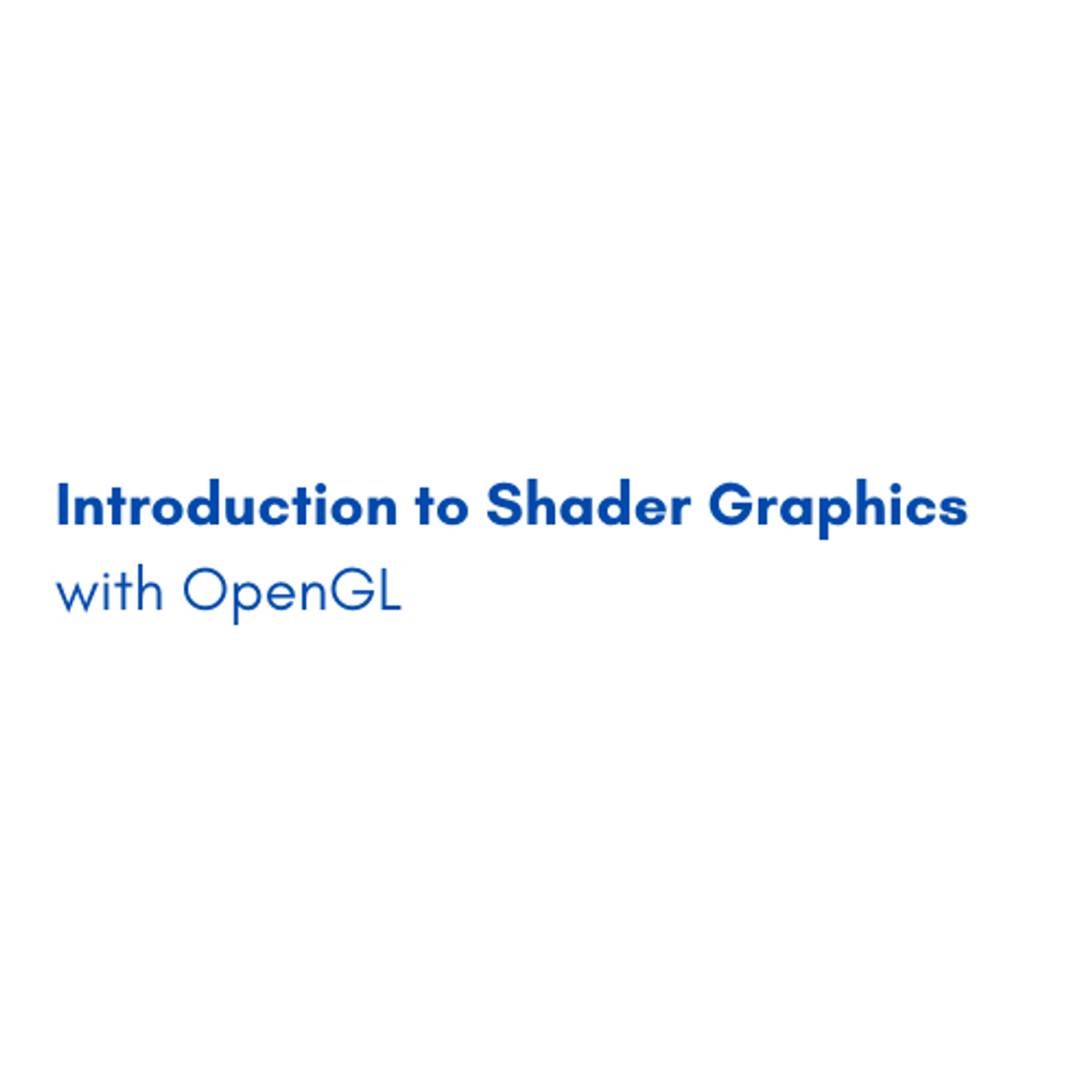

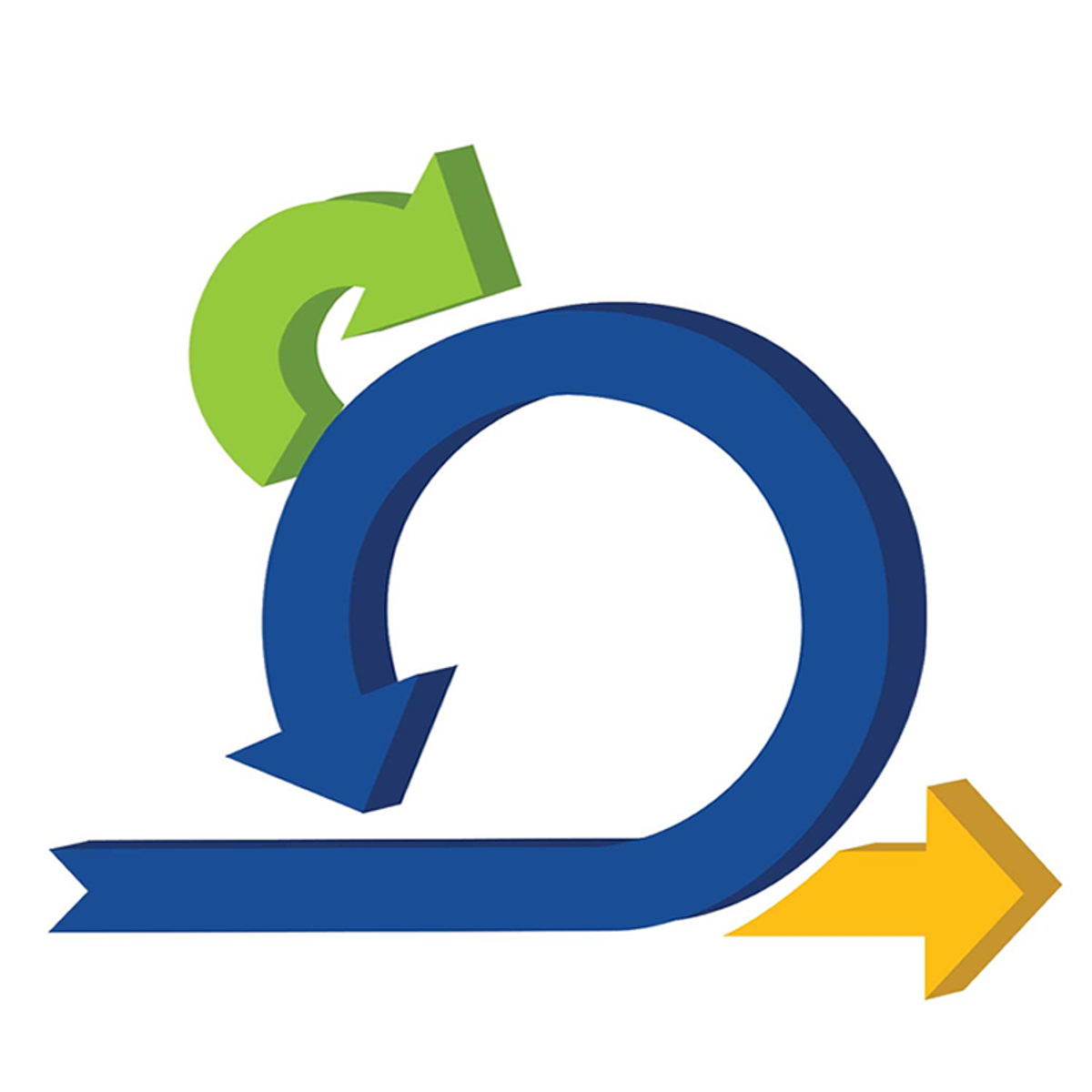
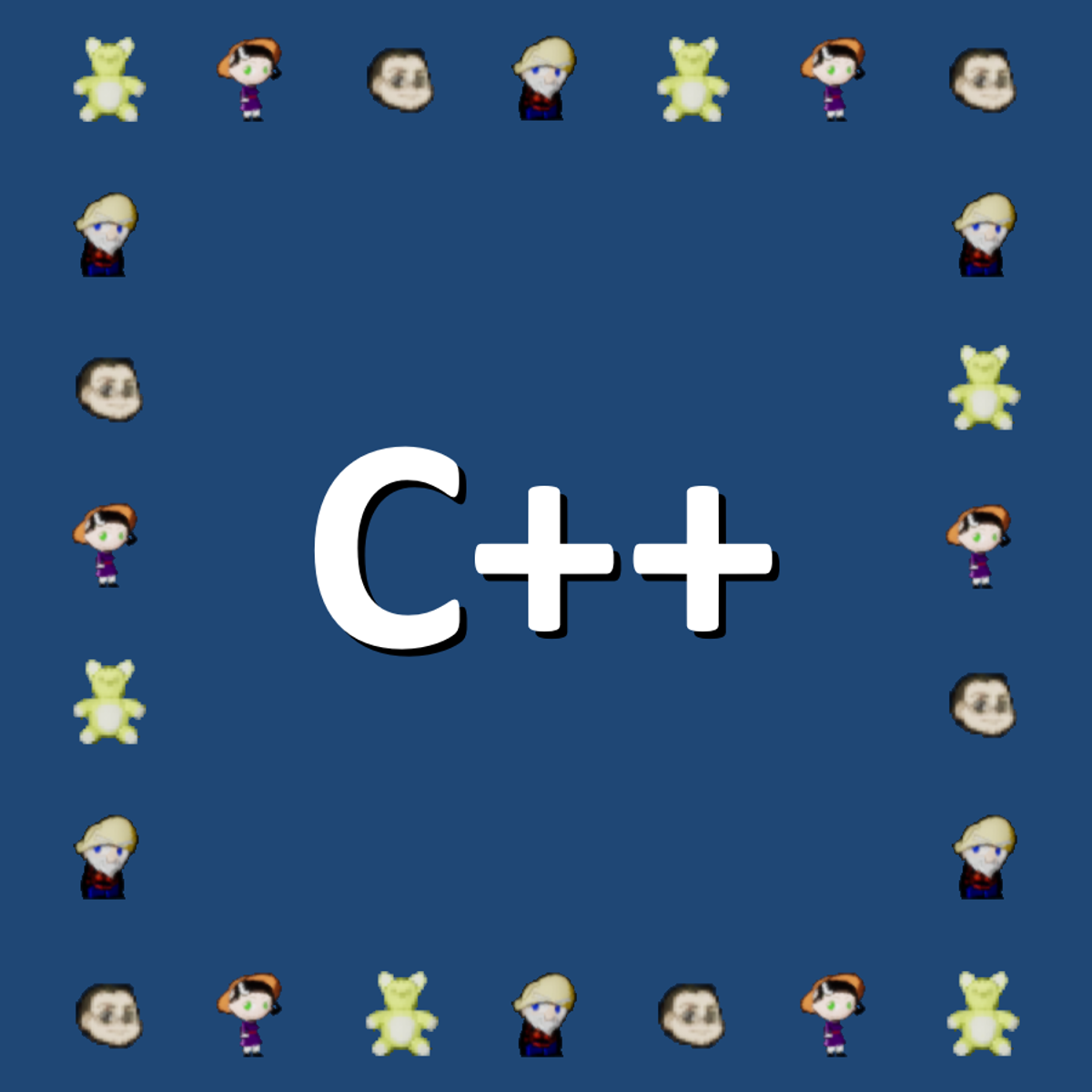
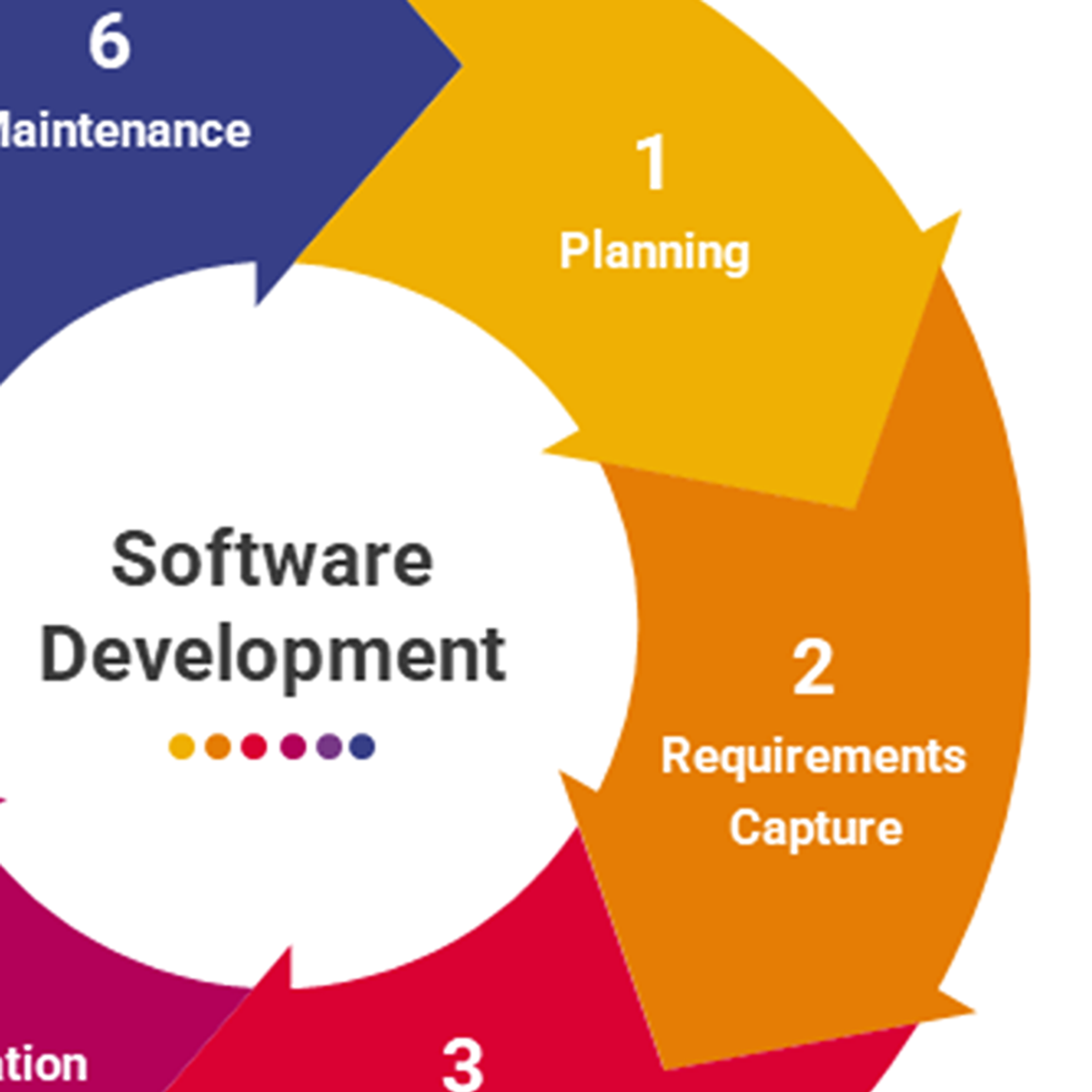
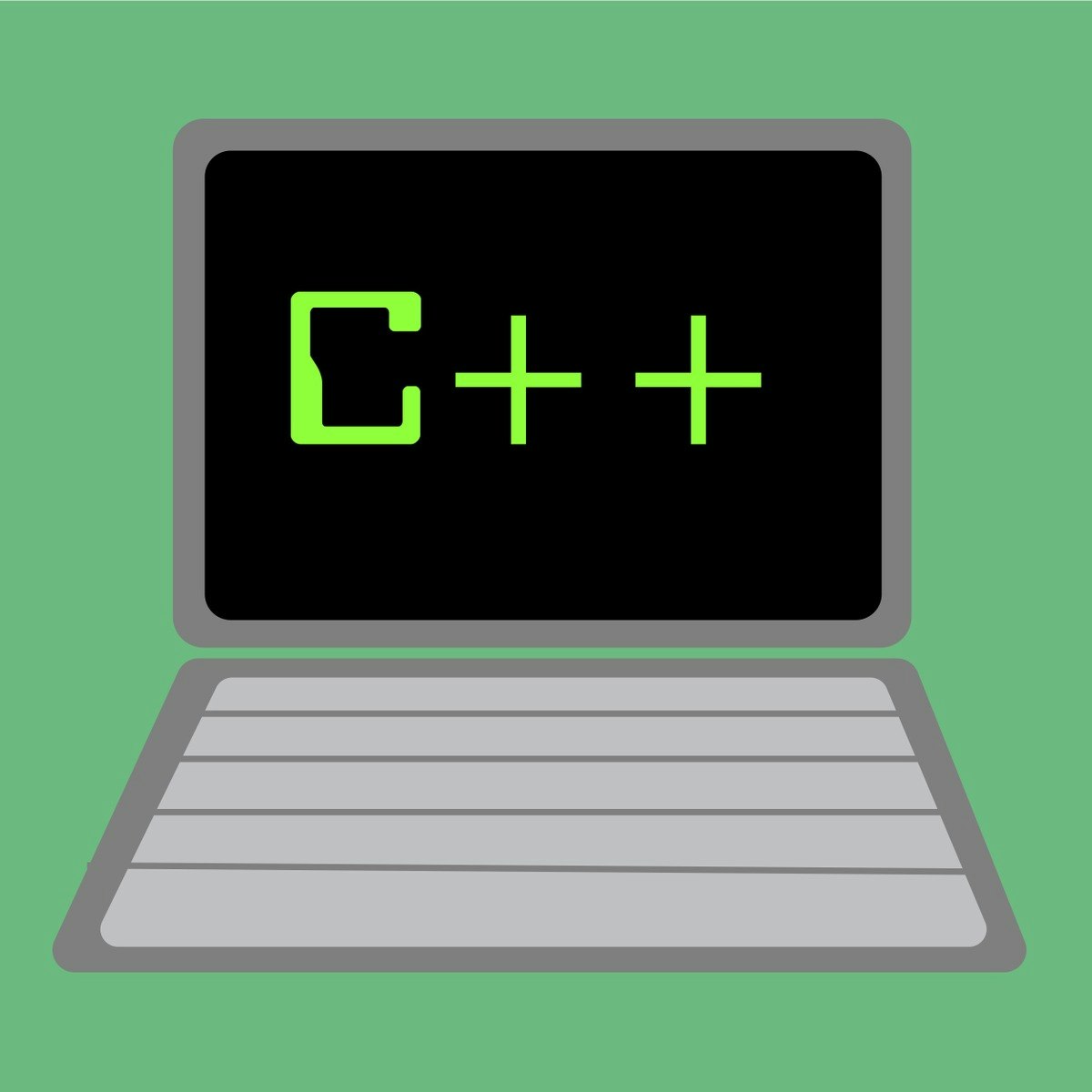

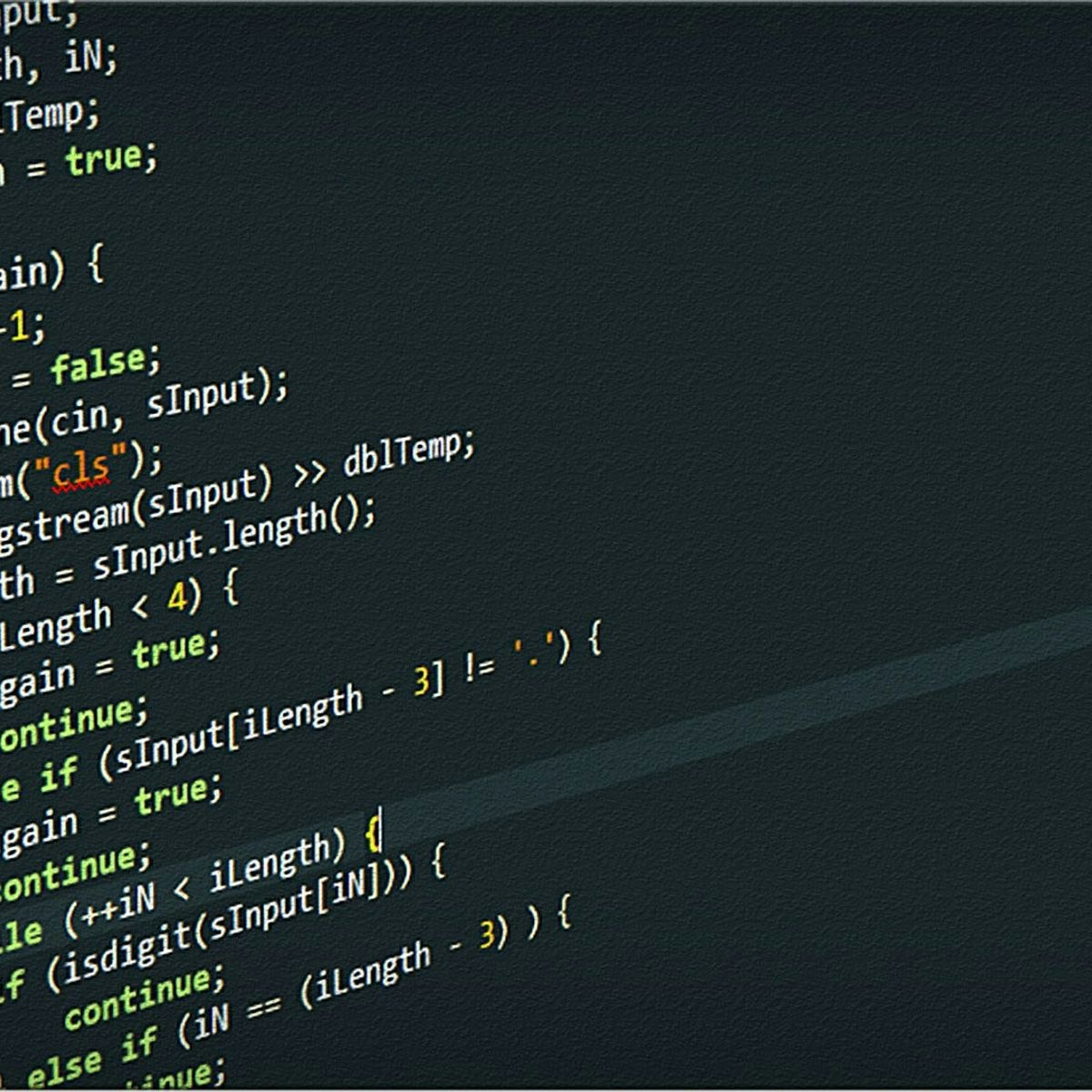


Computer Science Courses - Page 126
Showing results 1251-1260 of 2309

Introduction to Shader Graphics with OpenGL
In this 1-hour long project-based course, by the end of this project, you will be able to draw a triangle along with a shader system for it with modern OpenGL and C++, which is the fundamental unit of 3D rendering.Moreover, you will be able to setup the environment and create a window with openGL, draw a triangle using modern openGL and create vertex and fragment shaders for your triangle. Finally, You’ll be able to extend upon this basis into a full fledged modern 3D renderer.
Note: This course works best for learners who are based in the North America region. We’re currently working on providing the same experience in other regions.

Conducting Exploratory Data Analysis
Conduct exploratory data analysis with a systematic approach to investigate different aspects of your data: comparisons, relationships, compositions, and distributions. This guided project gives you a framework so you can conduct your own exploratory data analysis and make your work more professional and organized. The language is Python and the libraries used are seaborn, pandas, and matplotlib.

Introduction to Scrum Master Training
This course is designed to help Scrum beginners learn the foundational knowledge to become proficient with Agile Scrum. Throughout the course, learners will explore Agile methodologies and benefits of building incrementally. They will also learn about the roles within Scrum teams, events that happen during a Sprint, Agile artifacts, and the Definition of Done for a Sprint.

More C++ Programming and Unreal
This course is the second course in the specialization about learning how to develop video games using the C++ programming language and the Unreal game engine on Windows or Mac.
This course assumes you have the prerequisite knowledge from the previous course in the specialization. You should make sure you have that knowledge, either by taking that previous course or from personal experience, before tackling this course. Throughout this course you'll continue building your foundational C++ and Unreal knowledge by exploring more C++ and Unreal topics.
Module 1: Discover how we make decisions in our code
Module 2: Get and use player input in your Unreal games
Module 3: Learn how to use iteration (looping) to repeat actions in your code
Module4: Explore storing lots of data in arrays, C++ containers, and the Unreal TArray<> container

Software Engineering: Modeling Software Systems using UML
Software Development Life Cycle (SDLC) is the process of developing software through planning, requirement analysis, design, implementation, testing, and maintenance. This course focuses on the requirement analysis phase of SDLC, and you will learn how to use UML models to capture the system requirements and to facilitate communication between client/users and developers. UML is a general purpose visual modeling language for systems. It can be used to highlight different aspects of the system that are of interest to different stakeholders. Data requirements are captured in the domain model, which describes the important concepts of the application domain as classes, associations between them and constraints on them. Functional requirements are captured in the use-case model to describe the interactions between the system and its environment (users, other systems).
UML incorporates the current best practices in Object-Oriented modeling techniques. Basic object-oriented programming (OOP) concepts are required to attempt the course. It is recommended to take the courses in the order they are listed, as they progressively develop techniques and concepts about software engineering, but it is not a hard requirement.

C++ For C Programmers, Part B
This course is for experienced C programmers who want to program in C++. The examples and exercises require a basic understanding of algorithms and object-oriented software.

Add and Modify Records with COBOL
In this project you will learn to process data records in a sequential file using COBOL. You will code, compile, and run programs that add new records to an existing file and modify individual data values on existing file records. Your hands-on practice will take place in the PC-based OpenCobolIDE application.

Create a Dynamic-Link Library with DevC++ for Python
By the end of this project you will implement a function using C that raises each element of an array to a given power and then call the function using the Python ctypes package.
The C programming language is the basis for many other programming languages. Its performance cannot be matched in any other language. Python is known for its simplicity, allowing the programmer to focus on the application. Sometimes it is useful to take advantage of the speed of C in a Python application.
Note: This course works best for learners who are based in the North America region. We’re currently working on providing the same experience in other regions.

How to use the sky replacement tool in Adobe Photoshop
In this project, learners will practice using the sky replacement tool in Adobe Photoshop. They will get to practice using this tool in multiple scenarios. They will also get to practice using other methods to replace a sky in Adobe Photoshop.

Introduction to Software Testing
After completing this course, you will have an understanding of the fundamental principles and processes of software testing. You will have actively created test cases and run them using an automated testing tool. You will being writing and recognizing good test cases, including input data and expected outcomes.
After completing this course, you will be able to…
- Describe the difference between verification and validation.
- Explain the goal of testing.
- Use appropriate test terminology in communication; specifically: test fixture, logical test case, concrete test case, test script, test oracle, and fault.
- Describe the motivations for white and black box testing.
- Compare and contrast test-first and test-last development techniques.
- Measure test adequacy using statement and branch coverage.
- Reason about the causes and acceptability of and poor coverage
- Assess the fault-finding effectiveness of a functional test suite using mutation testing.
- Critique black-box and white-box testing, describing the benefits and use of each within the greater development effort.
- Distinguish among the expected-value (true), heuristic, consistency (as used in A/B regression), and probability test oracles and select the one best-suited to the testing objective.
- Craft unit and integration test cases to detect defects within code and automate these tests using JUnit. To achieve this, students will employ test doubles to support their tests, including stubs (for state verification) and mocks (for behavioral verification) (https://martinfowler.com/articles/mocksArentStubs.html).
This course is primarily aimed at those learners interested in any of the following roles: Software Engineer, Software Engineer in Test, Test Automation Engineer, DevOps Engineer, Software Developer, Programmer, Computer Enthusiast. We expect that you should have an understanding of the Java programming language (or any similar object-oriented language and the ability to pick up Java syntax quickly) and some knowledge of the Software Development Lifecycle.
Popular Internships and Jobs by Categories
Browse
© 2024 BoostGrad | All rights reserved


